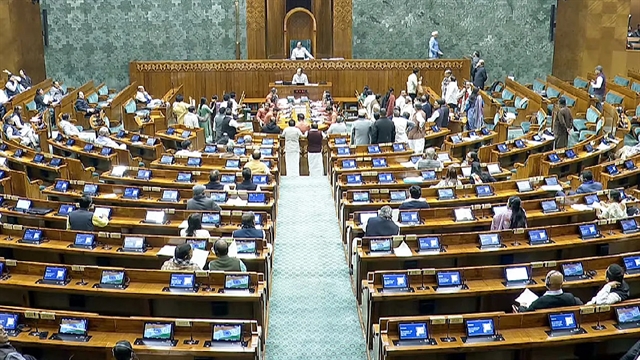 Opinion
Opinion

Phạm Minh Huân, former Deputy Minister of Labour, War Invalids and Social Affairs spoke with Hải Quan (Customs) newspaper about the draft revised Labour Code and its regulations on overtime hours and pay, which should be set according to the national economy.

|
| Phạm Minh Huân, former Deputy Minister of Labour, War Invalids and Social Affairs. — Photo haiquanonline.com.vn |
Phạm Minh Huân, former Deputy Minister of Labour, War Invalids and Social Affairs speaks with Hải Quan (Customs) newspaper about the draft revised Labour Code and its regulations on overtime hours and pay, which should be set according to the national economy.
In the public debate on the draft revised Labour Code, many businesses agreed the maximum allowable overtime hours at 400 hours per year, but disagreed with the total overtime working hours of 40 hours per month per person. They claimed it would impact the number of orders and the production plan of businesses. What is your opinion on the issue?
The issue on overtime working hours has long attracted different opinions. Currently, many Vietnamese enterprises are producing to meet export orders with short delivery time, so they will be forced to require labourers to work overtime to get the orders completed in time.
Many people have raised ideas that enterprises should recruit more labourers to meet the production deadline instead of requiring labourers to work overtime. The problem is that most businesses do not have production plan in advance, making it hard for them to be proactive in recruiting labourers.
In my opinion, the revised law stipulating the maximum of 400 hours per year has taken into account the health of labourers and has partly met the needs of enterprises. The increase in overtime hours to 400 hours per year is reasonable if businesses working in the fields of export industries and services gain their employees' consent.
As for the maximum monthly overtime regulations, I think the problem might be for businesses in the fields of textiles, footwear and aquatic products. Many businesses sometimes must hire additional labourers to complete orders in certain months of the year and have few orders in the remaining time. Thus, the regulations on maximum monthly working hours are redundant.
I think the maximum level should be flexible, so that businesses can manage themselves based on their production plans.
There are comments on the overtime pay, which should be paid incrementally with the additional hours of overtime. Is the initiative appropriate and affordable for enterprises?
In principle, this is true.
The current pay rate for overtime is at least 150 per cent of the regular rate if a labourer has 200 hours of overtime per year. This rate can reach 200 per cent if they have 300 hours of overtime per year, and can hit 300 per cent if the extra hours fall on a public holiday and reach more than 300 hours per year. This is respectively high payment for enterprises.
The nature of overtime is to compensate for unbalanced labour productivity. If we increase overtime working hours and overtime payment, all costs will be increased accordingly.
In addition, in case the overtime pay is remarkably high, labourers will stretch their working hours to get better income. This is contrary to the law’s purpose to protect the health of labourers.
The overtime payment rate needs to be calculated carefully. Large businesses, with the support of modern machinery and technology, will have less overtime while small- and medium-sized enterprises will be strongly impacted by this calculation method.
What should be done to harmonise the benefits between businesses and labourers in the calculation of overtime pay?
This is a difficult issue that causes pressure for the drafting committee of the revised law.
The committee needs to protect the rights of labourers and ensure the benefits for businesses.
The maximum overtime should be up to 400 hours per year and the method of overtime payment should be kept as is.
Proposals on reducing the working time from 48 hours per week to 44 hours per week have attracted different opinions from the public. What is your opinion on the issue?
The current Labour Code stipulates that the maximum working hours should not exceed 48 hours per week and encourage employers to have 40 hours per week.
For countries with high labour productivity, the reduction in working hours is indispensable. However, for Việt Nam, with its productivity at the bottom of Southeast Asia countries and outdated technology, the regulations will hinder the development of enterprises.
Therefore, I think the working hours of 48 hours per week should be kept unchanged. — VNS

.jpg)


